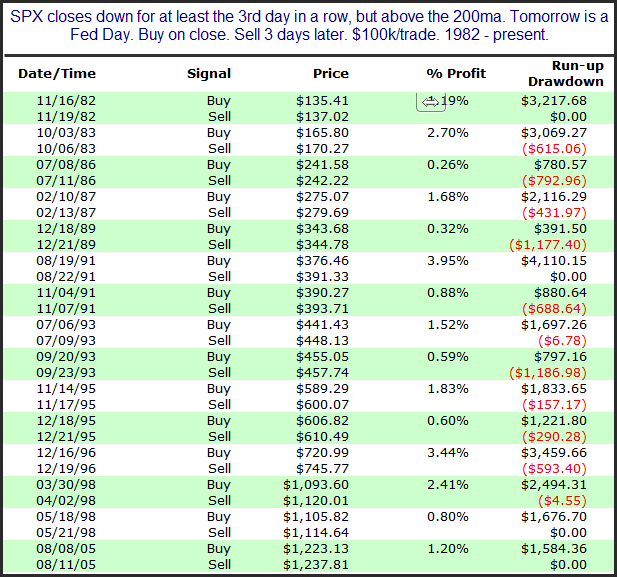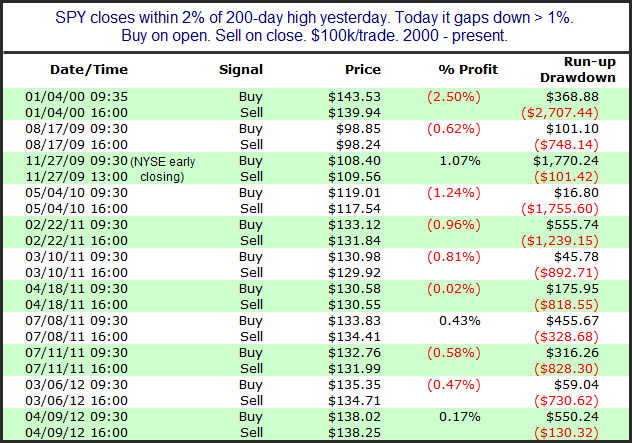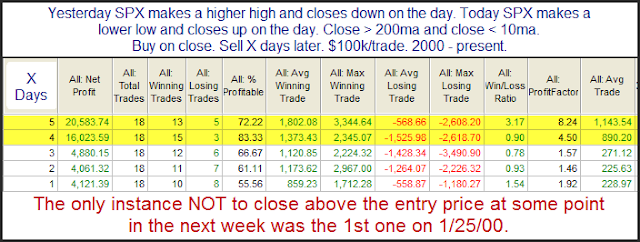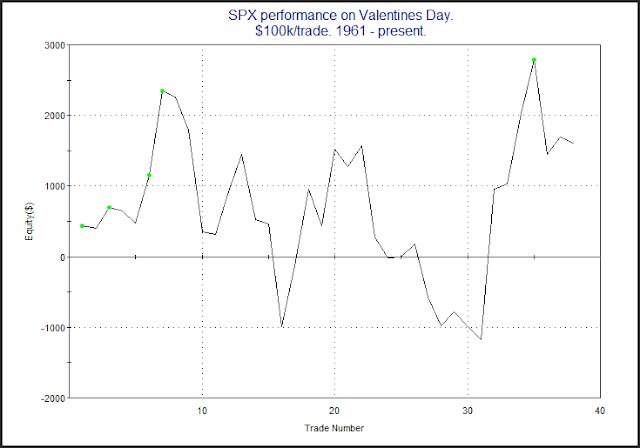A while back I did a study of major market tops for Quantifiable Edges Gold & Silver subscribers. The study goes back to 1970 and considers every SPX top that was followed by a decline of at least 20%. I identified two indicators that I found especially useful in determining when conditions may be ripe for a possible top. I recently updated the QE Study of Tops, and received a lot of positive feedback on it. A primary reason that I was inspired to update the study is that one of the indicators is currently flashing a warning sign. So I decided I would also make the study available to non-subscribers for a small fee.
The Study of Tops can now be purchased on the Quantifiable Edges website for $5.99. If you purchase a Quantifiable Edges subscription within two weeks of your Study of Tops purchase, your $5.99 will be refunded.
I certainly hope everyone finds it interesting and valuable. If you purchase it and don’t feel it was worth the $5.99, then simply send me a note explaining why (relatively nicely), and I will refund your money.
Lastly, I also included a coupon (good through March 31) for a free trial of any Overnight Edges subscription as part of the Study of Tops.
You may purchase the Quantifiable Edges Study of Tops by clicking here.















